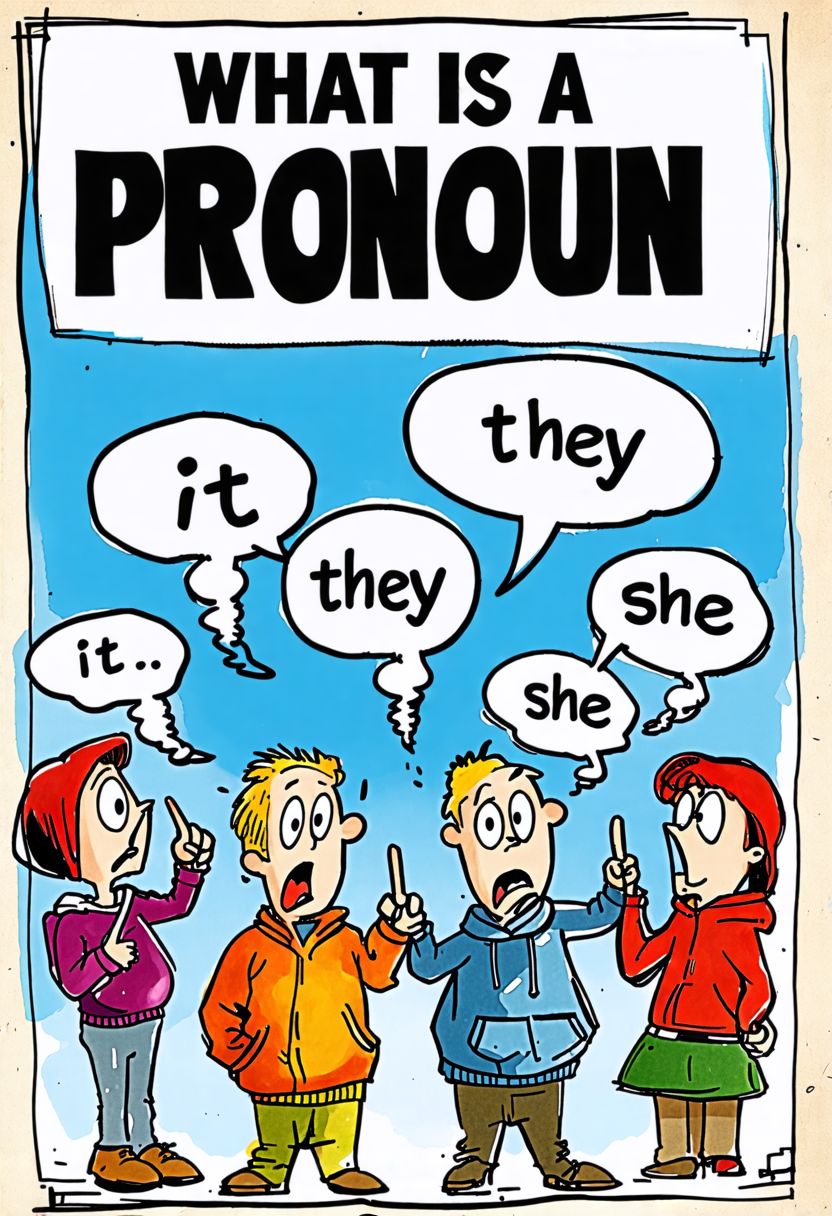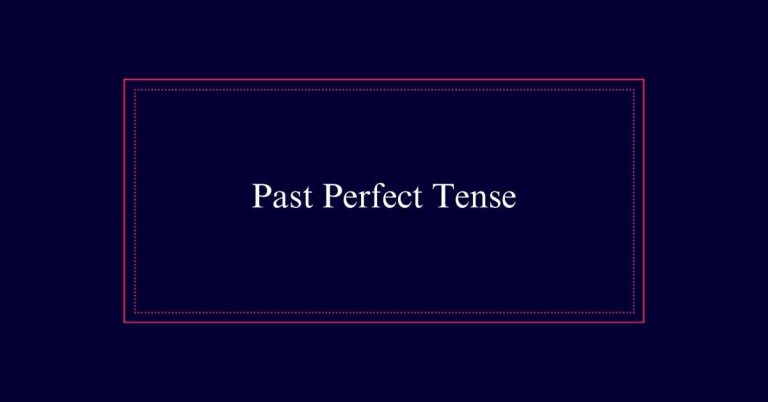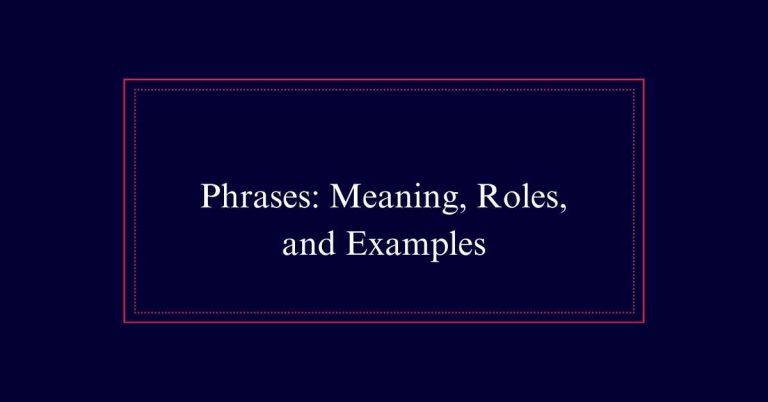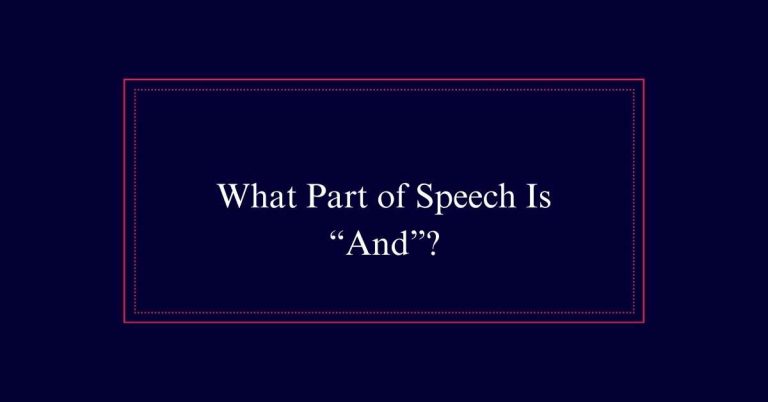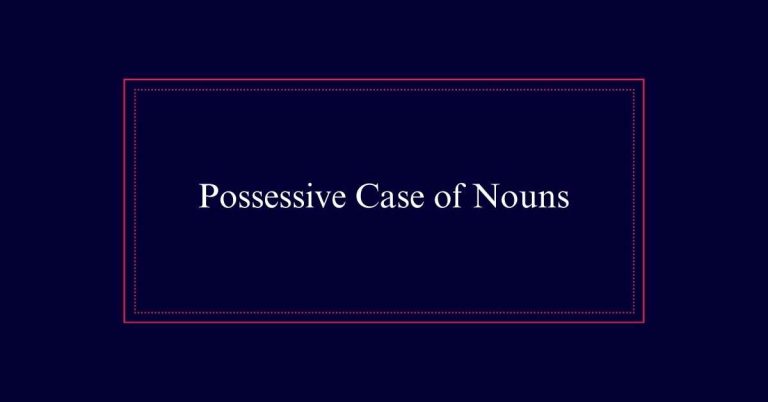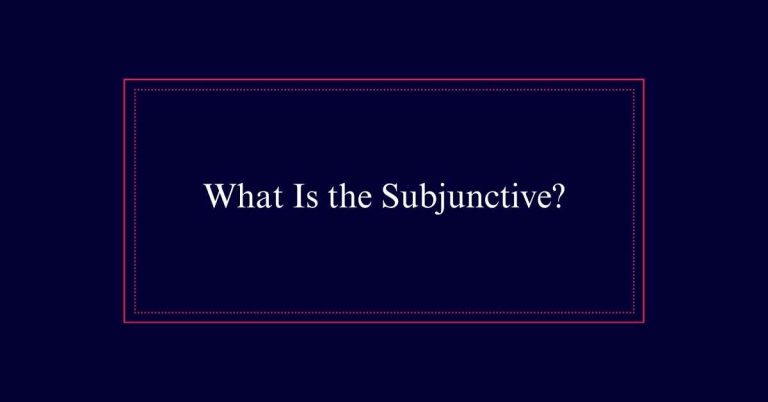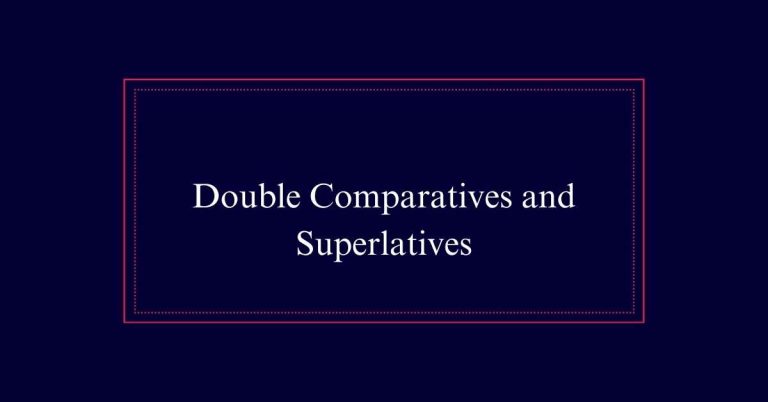What Is a Pronoun? Definition, Types & Examples
A pronoun is a word you use to replace a noun, so you don’t repeat the noun over and over. It makes sentences clearer and less messy. Examples include “he,” “she,” “it,” “they,” and “we.” Pronouns come in different types, like subject pronouns for who’s doing the action (he, she), and object pronouns for who’s receiving the action (him, her). They also show ownership, like “his” or “her.”
Definition of Pronouns
A pronoun is a word that replaces a noun to avoid repetition. You use pronouns to make sentences clearer and less repetitive.
Instead of saying ‘Mary went to Mary’s house,’ you’d say, ‘Mary went to her house.’ Pronouns can replace both proper nouns, like names, and common nouns, like ‘dog’ or ‘car.’ They’re essential in writing and speaking because they streamline communication.
There are many types of pronouns, each serving a different purpose. For example, ‘I,’ ‘you,’ ‘he,’ and ‘she’ are personal pronouns. ‘This’ and ‘that’ are demonstrative pronouns.
Role of Pronouns
Pronouns play a key role in making your sentences clear and concise. They help you avoid repeating nouns, which can make your writing flow better.
Imagine reading a sentence that repeats the same name over and over; it would be tiring, right? Pronouns fix that by standing in for nouns.
For example, instead of saying, ‘Sarah likes Sarah’s bike,’ you can say, ‘Sarah likes her bike.’ This saves space and makes the sentence easier to read.
Pronouns also help you specify who or what you’re talking about without being redundant. By using words like ‘he,’ ‘she,’ ‘it,’ or ‘they,’ you keep your sentences short and to the point. This makes your writing more engaging and understandable.
Pronouns and Nouns
Nouns name people, places, things, or ideas, while pronouns step in to make sentences smoother and less repetitive. Instead of repeating a noun, you can use a pronoun to refer back to it. This makes your writing flow better and keeps it concise.
Here’s how pronouns help:
- Avoid Repetition: Instead of saying ‘John went to John’s car,’ you’d say, ‘John went to his car.’
- Clarify Sentences: Pronouns make sentences clearer by reducing clutter. ‘The cake that the baker made was delicious’ becomes ‘The cake he made was delicious.’
- Simplify Complex Ideas: They help break down complex sentences. ‘The committee made a decision, and the decision was final’ turns into ‘The committee made a decision, and it was final.’
Rules for Pronouns
To use pronouns correctly, you need to follow specific rules that guarantee clarity and prevent ambiguity.
First, verify the pronoun matches the noun it replaces in number and gender. For example, use ‘he’ for a male and ‘she’ for a female.
Second, be clear about who or what the pronoun refers to; don’t leave your reader guessing.
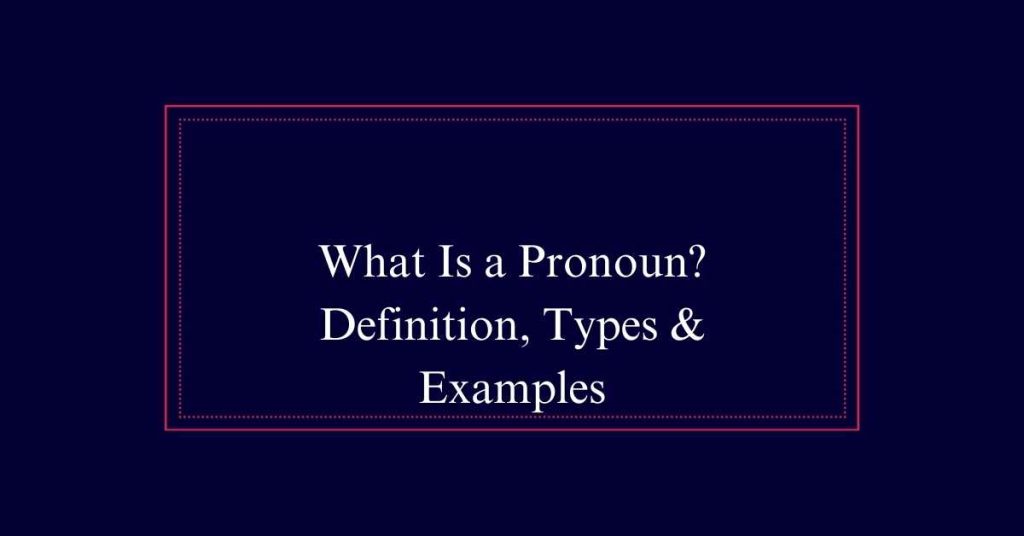
Third, maintain consistency in pronoun use to avoid confusion. If you start with ‘you,’ continue with ‘you,’ not ‘they.’
Fourth, use subject pronouns for subjects and object pronouns for objects. For instance, ‘She loves him,’ not ‘Her loves he.’
Identifying Antecedents
When using pronouns, it’s important to identify their antecedents to guarantee clarity. An antecedent is the noun that a pronoun replaces. Knowing the antecedent helps make your sentences clear and avoids confusion.
Here’s how you can identify antecedents:
- Find the noun: Look for the noun that the pronoun is replacing.
- Check consistency: Confirm the pronoun matches the noun in number and gender.
- Read carefully: Review the sentence to make sure the antecedent is clear and unmistakable.
For example, in the sentence ‘Lisa lost her keys,’ ‘Lisa’ is the antecedent for ‘her.’ Identifying antecedents helps you write clear, understandable sentences. It secures your reader knows exactly whom or what you’re referring to.
Personal Pronouns
Personal pronouns stand in for specific people or things, making your writing less repetitive and more engaging. You use them to replace nouns like names or objects.
For example, instead of saying ‘John went to John’s car,’ you can say ‘John went to his car.’ Personal pronouns include ‘I,’ ‘you,’ ‘he,’ ‘she,’ ‘it,’ ‘we,’ and ‘they.’ They change form depending on their function in the sentence.
For instance, ‘I’ becomes ‘me’ in the object position, and ‘he’ becomes ‘him.’ Using personal pronouns correctly helps your sentences flow better and keeps your writing clear.
Demonstrative Pronouns
Demonstrative pronouns like ‘this,’ ‘that,’ ‘these,’ and ‘those’ point directly to specific nouns or antecedents. They help you identify and specify particular items or people in context.
When using demonstrative pronouns, keep in mind:
- ‘This’ and ‘these’: Use them for things that are close. ‘This’ is singular, and ‘these’ is plural.
- ‘That’ and ‘those’: Use them for things that are farther away. ‘That’ is singular, and ‘those’ is plural.
- Clarity: Make sure the noun or antecedent you’re referring to is clear to avoid confusion.
Indefinite Pronouns
Indefinite pronouns refer to nonspecific people or things, adding ambiguity to your sentences. They include words like ‘someone,’ ‘anyone,’ ‘everyone,’ ‘none,’ ‘few,’ ‘many,’ and ‘several.’ You use them when you don’t need to specify who or what you’re talking about. For example, ‘Someone left their umbrella’ doesn’t tell you who the person is.
Indefinite pronouns help you keep things general. They’re useful in broad statements like ‘Everyone loves pizza’ or ‘Few understand quantum physics.’ Remember, these pronouns can be singular or plural. ‘Everyone’ and ‘someone’ are singular, while ‘many’ and ‘few’ are plural.
Intensive Pronouns
Intensive pronouns add emphasis to a noun or another pronoun in your sentence. You use them to highlight who did the action. They include words like ‘myself,’ ‘yourself,’ ‘himself,’ ‘herself,’ ‘itself,’ ‘ourselves,’ ‘yourselves,’ and ‘themselves.’
Here’s how you can use them:
- Emphasize the Subject: ‘I did it myself.’
- Clarify Responsibility: ‘She herself fixed the problem.’
- Strengthen Statements: ‘They themselves organized the event.’
These pronouns are used right after the noun or pronoun they emphasize. They’re not necessary for the sentence to make sense, but they add extra stress.
Possessive Pronouns
Possessive pronouns show who or what owns something, like ‘mine,’ ‘yours,’ ‘his,’ ‘hers,’ ‘ours,’ and ‘theirs.’ They help you avoid repeating nouns.
For example, instead of saying, ‘That is Sarah’s book,’ you can say, ‘That book is hers.’ These pronouns make sentences clearer and shorter.
Use possessive pronouns to show ownership without adding extra words. ‘This pen is mine,’ tells you who owns the pen without repeating the noun. Remember, they stand alone and don’t need an apostrophe.
‘Its’ shows possession, while ‘it’s’ is short for ‘it is.’ Keep your writing simple by using possessive pronouns correctly. They’ll make your sentences more efficient and easy to understand.
Frequently Asked Questions
How Do Pronouns Function in Complex Sentences?
In complex sentences, use pronouns to replace nouns, avoiding repetition. Make sure pronouns match their antecedents in number and gender. This maintains clarity and flow, making your writing more concise and understandable.
What Are Examples of Pronouns in Different Languages?
You’ll find pronouns in many languages. In Spanish, “él” means “he” and “ella” means “she”. In French, “il” is “he” and “elle” is “she”. German uses “er” for “he” and “sie” for “she”.
How Do Pronouns Relate to Gender Identity?
Pronouns relate to gender identity by reflecting a person’s sense of self. You use pronouns like “he,” “she,” or “they” to respect and acknowledge someone’s identity. It’s important to ask and use the correct pronouns.
